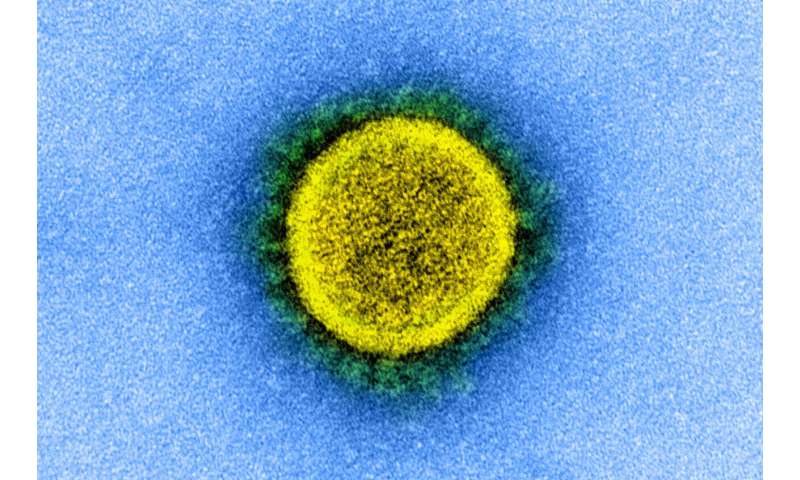
Well-intentioned “citizen scientists” developing homemade COVID-19 vaccines may believe they’re inoculating themselves against the ongoing pandemic, but the practice of self-experimentation with do-it-yourself medical innovations is fraught with important legal, ethical and public health issues, according to a new paper in the journal Science co-written by a University of Illinois, Urbana-Champaign legal expert who studies the policy implications of advanced biotechnologies.
As the novel coronavirus pandemic continues to ravage the globe, several citizen science groups outside the auspices of the pharmaceutical industry have been working to develop and self-test unproven medical interventions to combat COVID-19. Although some of the interest in a DIY approach stems from the idea that self-experimentation can’t be regulated by the U.S. Food and Drug Administration and other public health authorities, that belief is legally and factually incorrect, said Jacob S. Sherkow, a professor of law at Illinois.
“Citizen science” broadly describes activities having a scientific aim that invite public participation. While citizen science is important and has a strong tradition in the U.S., “a homemade COVID-19 vaccine is perhaps more dangerous than people would like to believe,” Sherkow said.
“We’re all sympathetic to the notion that people want to inoculate themselves against the virus,” he said. “But people need to understand that every home remedy is not necessarily going to help, and some may very well be fatal.”
The interest in a do-it-yourself approach stems from a mistaken belief that self-experimentation wouldn’t be subject to laborious ethics board review or federal regulation. But that misunderstanding has potentially dire public health implications, said Sherkow, also an affiliate of the Carl R. Woese Institute for Genomic Biology.
“People should be aware that just because they’re experimenting on themselves doesn’t make it legal without approval,” he said. “Some self-experimentation can qualify as human subjects research that is required to undergo ethics review, by law or institutional policy. Just because it’s self-experimentation doesn’t give you carte blanche.”
Similarly, simply publishing medical information on the internet is, generally speaking, not regulated by the FDA. But developing a possible therapeutic product using typical equipment, chemicals and reagents would likely be regulable by the FDA, Sherkow said.
“Taking information that you found in some dark corner of the internet but using it to develop your own materials and needing to ship materials or reagents across state lines—that is interstate commerce and is what triggers FDA oversight,” he said. “At that point, that’s essentially where the FDA can stop you.”
Homemade interventions exist in stark contrast to traditional paths to vaccine development, which require randomized controlled trials with well-defined endpoints, such as demonstrated immune responses, and protocols concerning the retention and use of data. Biohackers creating and self-administering unapproved and unproven medical interventions run the risk of not only endangering public health, but also undermining public trust in all vaccines, Sherkow said.
“We’re living in an age of vaccine disinformation,” he said. “It’s one of the reasons why we have phased clinical trials for the development of vaccines and medical treatments. It’s not just a matter of figuring out whether something is effective or whether it works. It’s also a matter of figuring out the gross toxicity of the treatment, and if it’s been manufactured in such a way so that it’s not going to harm people.”
Characterizing or positioning research as self-experimentation does not eliminate risks to bystanders or the collective good.
Citizen scientists, especially those professional scientists moonlighting as homemade vaccine makers, “must take their heightened ethical responsibilities seriously when promoting DIY interventions or treatments, especially those with potentially serious public health and societal effects,” Sherkow said.
Source: Read Full Article